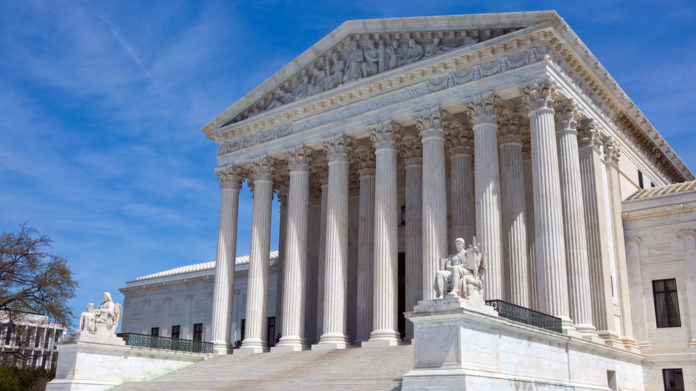The Supreme Court’s decision in Kisor v. Wilkie places limits on when federal agencies will be given deference in interpreting their own regulations. This is a partial departure from Auer v. Robbins and Bowles v. Seminole Rock & Sand Co., in which it deferred to an agency’s interpretation of its own regulations, especially if a regulation was ambiguous and the agency’s interpretation was reasonable.
In its ruling, the court sets out a five-part analysis to determine whether such deference makes sense:
- Is the regulation genuinely ambiguous?
- Is the agency’s reading of the regulation reasonable?
- Is the character of the agency interpretation such that it is entitled to controlling weight?
- Does the agency’s interpretation implicate its substantive expertise?
- Does the agency’s reading of the rule “reflect ‘fair and considered judgment’ “?




